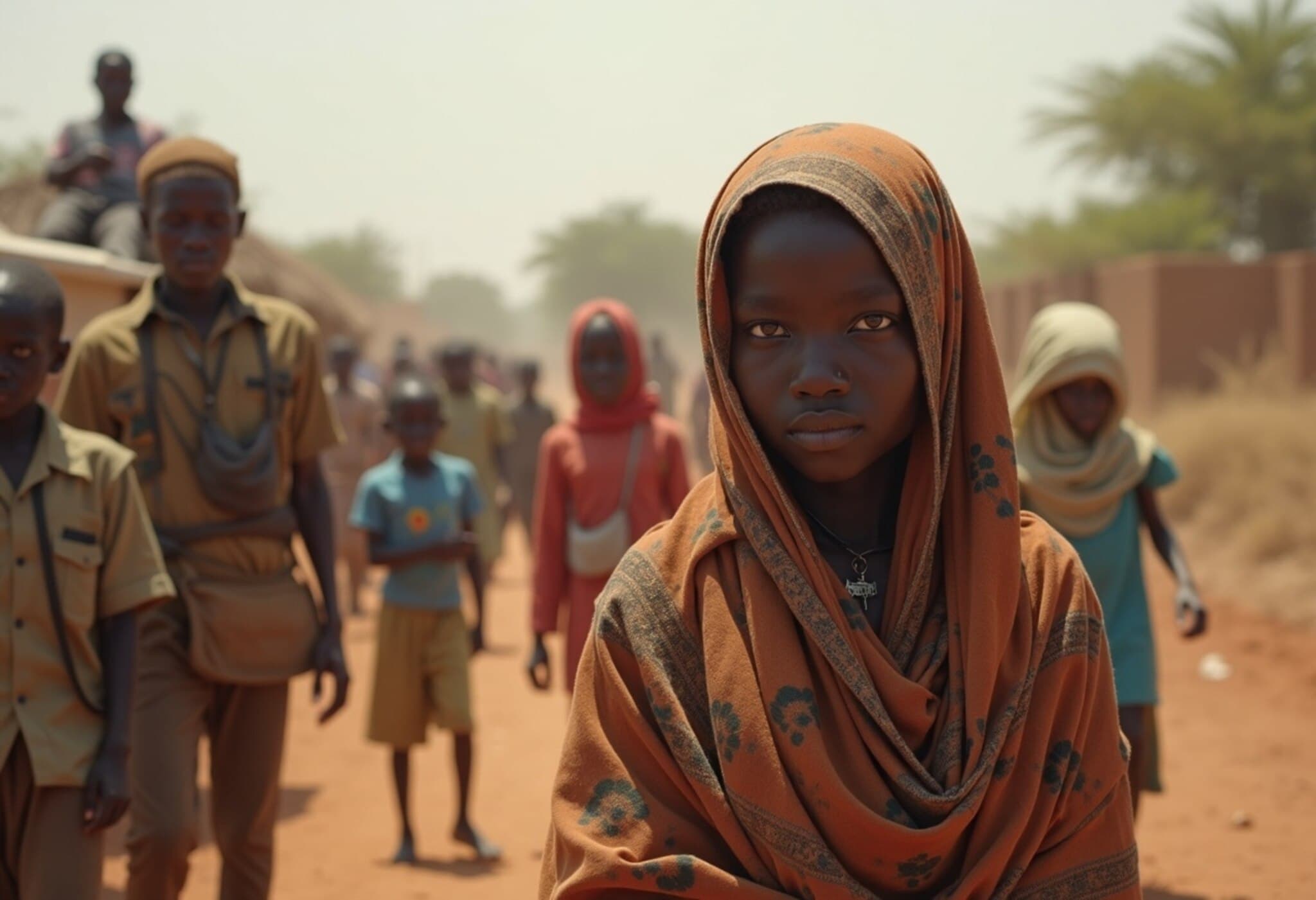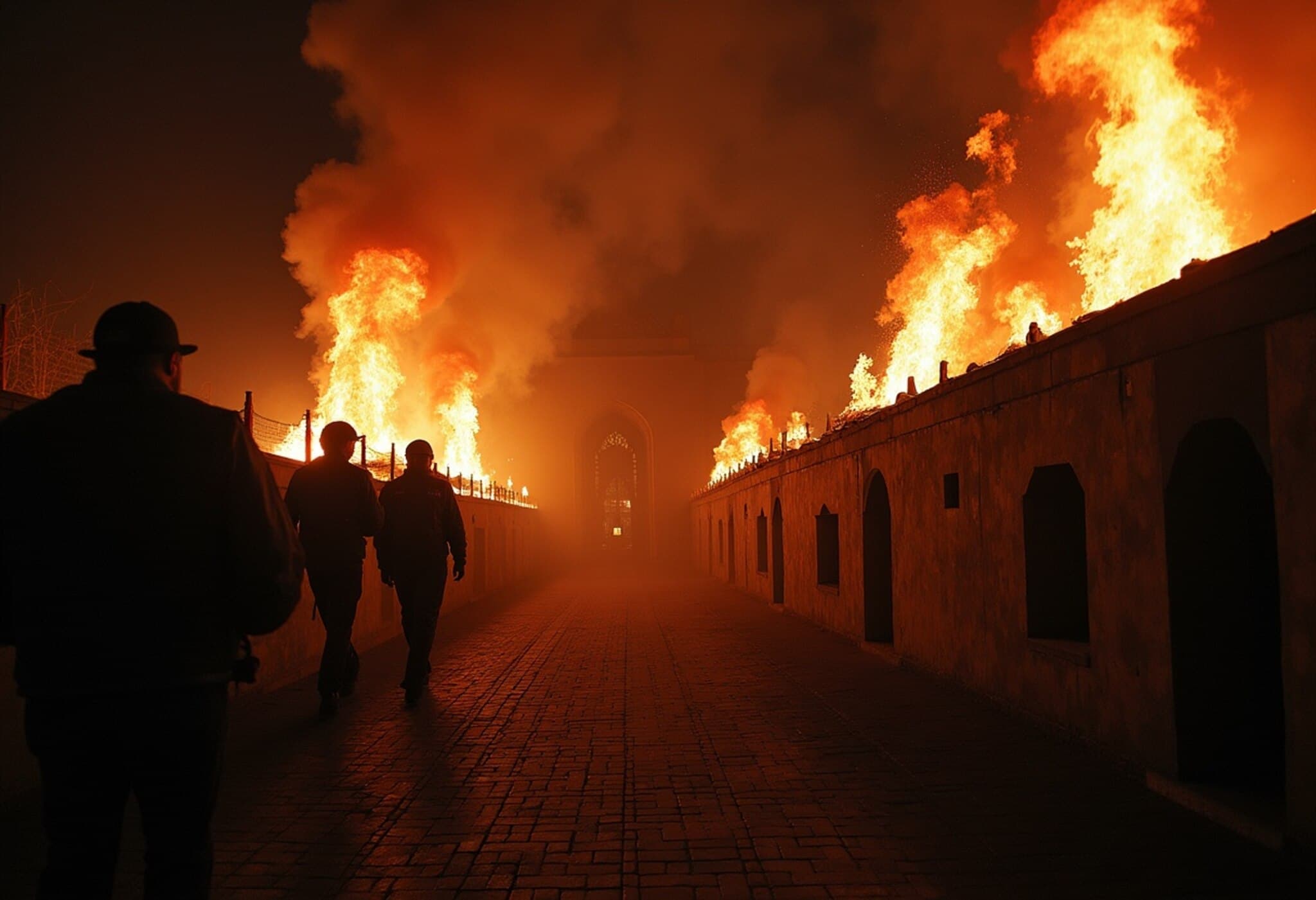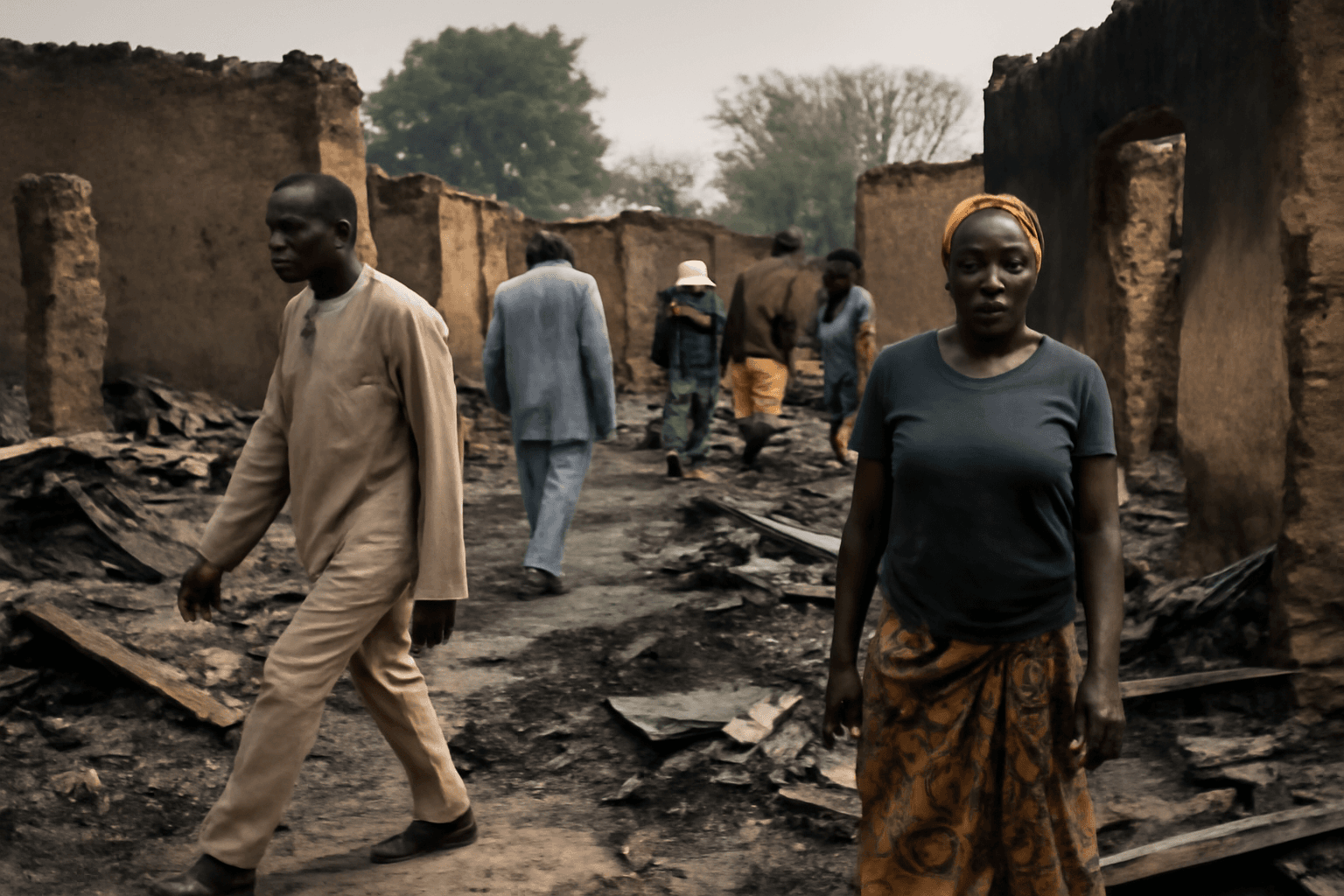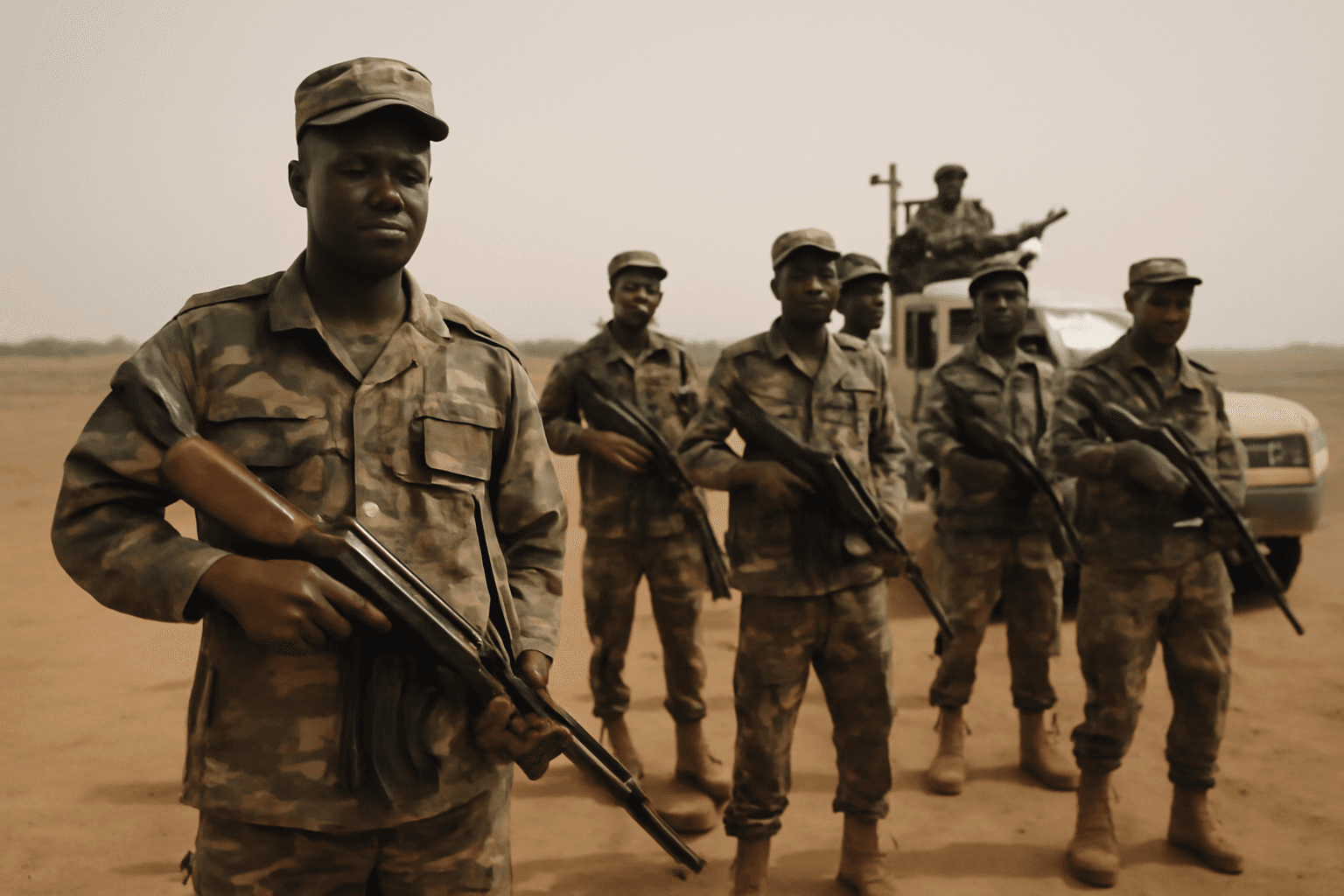Deadly Attack in Zamfara Highlights Ongoing Security Crisis in Northwest Nigeria
On a tragic Saturday night, armed assailants on motorcycles stormed the village of Sabongarin Damri in Nigeria’s Zamfara State, killing at least 11 people and abducting more than 70 others, including women and children. Witnesses described a chaotic scene of gunfire and panic as the attackers roamed the village, a stark reminder of the persistent insecurity that has gripped the region for years.
‘They Came Shooting Randomly Before Kidnapping Our Children’
Isa Sani, a resident who witnessed the assault, told Reuters, “They came on motorcycles, shooting randomly before abducting our daughters and children. As of today, we haven’t heard anything from them. Everywhere is quiet.” The harrowing ordeal left the community shattered and fearful.
Sufiyanu Ibrahim, another villager, shared his personal tragedy: “The attackers kidnapped my wife and shot me in the leg. There were gunshots everywhere ... I narrowly escaped.” The deep trauma inflicted on survivors underscores the human cost behind the cold statistics.
Zamfara: The Epicenter of Nigeria's Banditry Crisis
Zamfara, bordering Niger Republic, has become synonymous with persistent violence and lawlessness. Groups locally labeled as “bandits” have terrorized the state by killing hundreds and abducting thousands over recent years. These bandits frequently hold their captives hostage for months, extorting ransom payments that fuel ongoing instability.
Traditional chief Shehu Musa of Sabongarin Damri confirmed the abduction of more than 60 people, mainly women and children, amplifying fears about the fate of those seized. The violent attack not only disrupted farming activities critical to the local economy but also forced massive internal displacement, with many fleeing to perceived safer areas.
Government Response and Challenges
Although security forces have made arrests, challenges remain daunting. Lanre Issa-Onilu, head of Nigeria’s National Orientation Agency, revealed that between April and July, authorities apprehended 2,109 suspects and freed 175 kidnapping victims across the northwest and central regions. However, comparative data to assess progress were not provided.
Police in Zamfara have not yet responded to media requests regarding Saturday’s attack, reflecting a broader pattern of limited communication faced by security agencies amid these crises.
Contextual Insight: Why Zamfara Remains Vulnerable
Experts point to a complex mix of factors driving the banditry epidemic, including porous borders, weak state presence in rural areas, widespread poverty, and the lucrative nature of ransom kidnappings. Zamfara’s location bordering Niger adds cross-border dynamics, complicating enforcement and security efforts.
This lawlessness not only threatens human lives but destabilizes agricultural cycles vital for Nigeria’s food security, with a ripple effect on the broader economy and societal cohesion. The ongoing violence also raises critical questions about federal and state strategies in combating insurgency, the effectiveness of security investments, and the urgent need for holistic social interventions.
Humanizing the Crisis: Voices Less Heard
- Survivors’ trauma: Abrupt loss and displacement leave deep psychological scars rarely addressed in policy.
- Women and children: Often primary victims through kidnappings and violence, their plight underscores gendered vulnerabilities.
- Local communities: Struggling to rebuild trust and safety amid recurring attacks.
Looking Ahead: Challenges and Opportunities
The Zamfara crisis serves as a painful reminder of urgent governance and security gaps demanding attention. Prioritizing community-based policing, access to justice, and socio-economic development may pave pathways toward breaking the cycle of violence. An integrated approach that combines military, diplomatic, social, and economic measures remains essential to restore peace and foster resilience.
Editor’s Note
The violent abduction and killings in Zamfara state illustrate not just an immediate humanitarian tragedy but a broader systemic failure. Readers are encouraged to consider the intertwined issues of security, governance, and socio-economic inequality fueling this crisis. How can sustainable peace be achieved without addressing root causes such as poverty, corruption, and weak institutions? What role should regional and international actors play? These are pressing questions demanding urgent public discourse and policy innovation.












